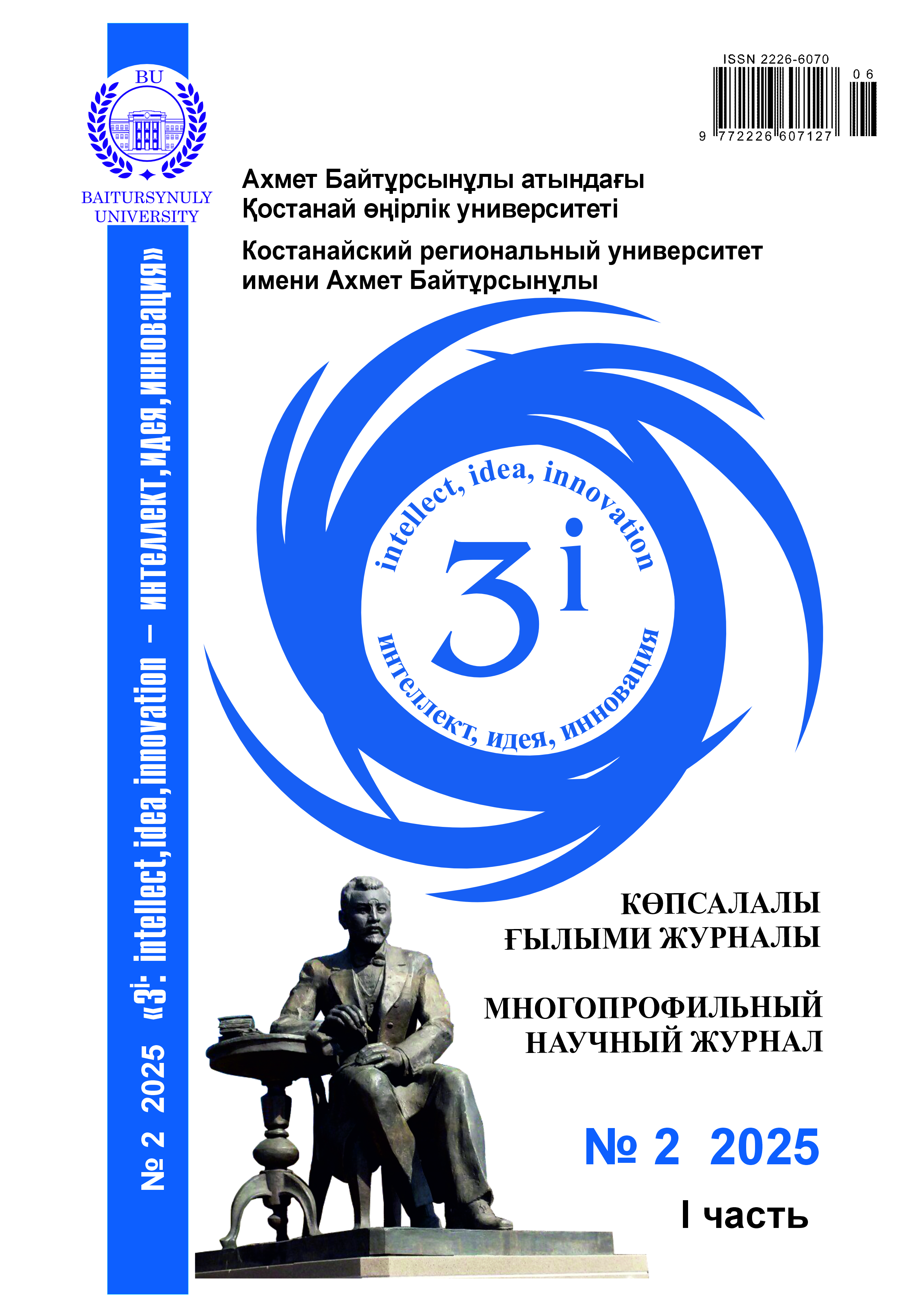THE CHILDHOOD OF GREAT FIGURES IN THE FOLKLORE OF TURKIC PEOPLES
DOI:
https://doi.org/10.52269/RWEP2521237Keywords:
folklore, historical facts and folklore, comparative analysis, legend, folklore genre, motif of orphanhood, common plotAbstract
This article examines the motif of orphanhood in the folklore of Turkic peoples. The image of an orphan is one of the most frequently encountered and symbolically rich themes in oral literature. However, this topic remains understudied from a scientific perspective. In the myths, legends, epics, and historical songs of Turkic peoples, orphaned heroes and rulers occupy a significant place. The article provides a detailed analysis of the formation of these folklore characters and their connection to historical figures. The study explores the role of the orphanhood motif in the worldview and social structure of Turkic peoples. In folk narratives, an orphan often faces hardships and oppression but later achieves great success, becoming a khan, warrior, or judge. This motif reflects the people's fundamental expectations and ideals for their leader. The article includes a comparative analysis of historical figures such as Abylai Khan, Oraz-Muhammad, Abulkhair Khan, and others, examining their representations in folklore. Additionally, the research delves into public perceptions of orphanhood and its cultural and social significance. On the one hand, it discusses traditions of supporting and protecting orphans, while on the other, it examines mythological beliefs and prejudices associated with orphanhood. The article employs comparative-historical and descriptive methods to analyze the orphanhood motif. This study helps identify common plots in the folklore of Turkic peoples, uncover their historical foundations, and deepen the understanding of orphanhood as a phenomenon in the spiritual heritage of these cultures.




